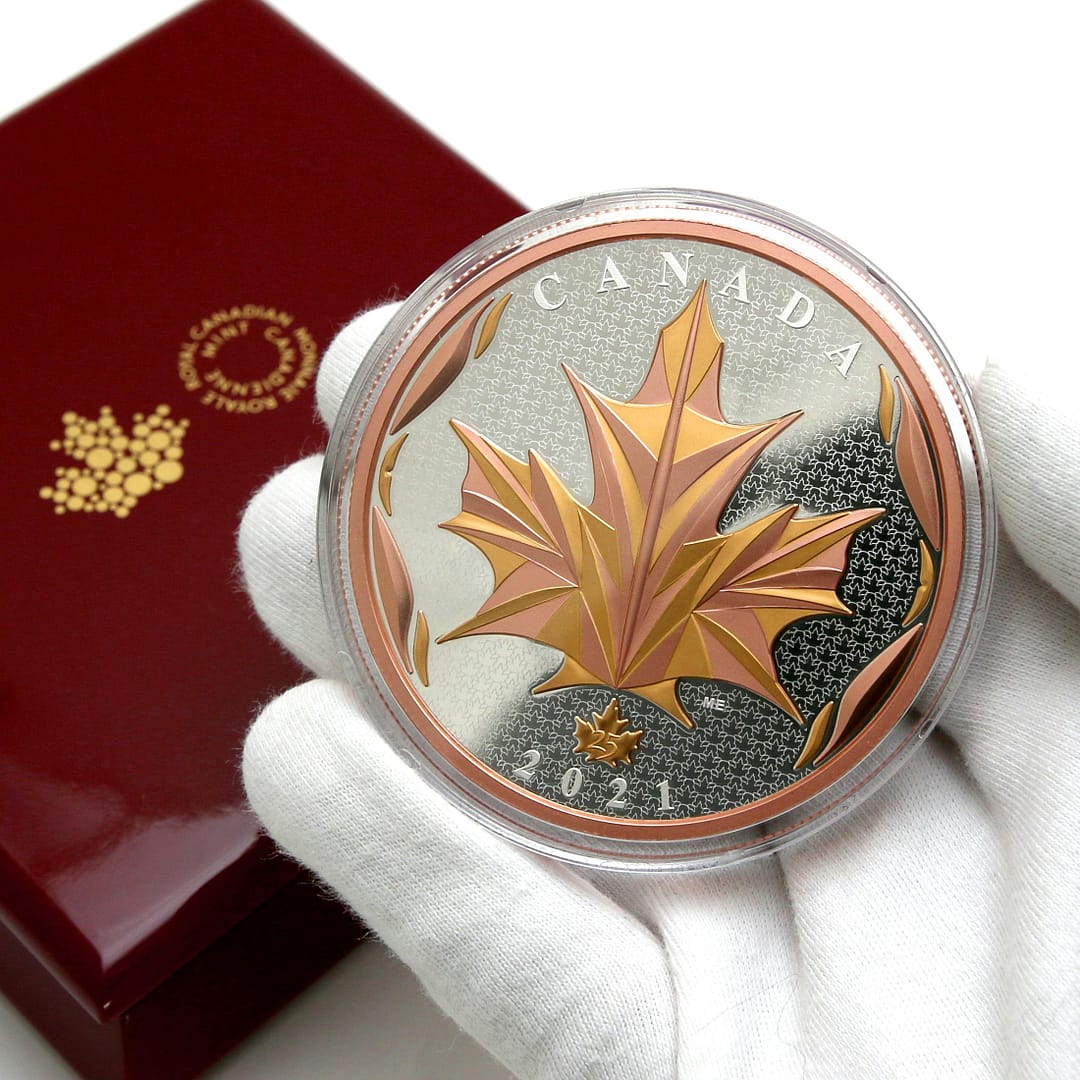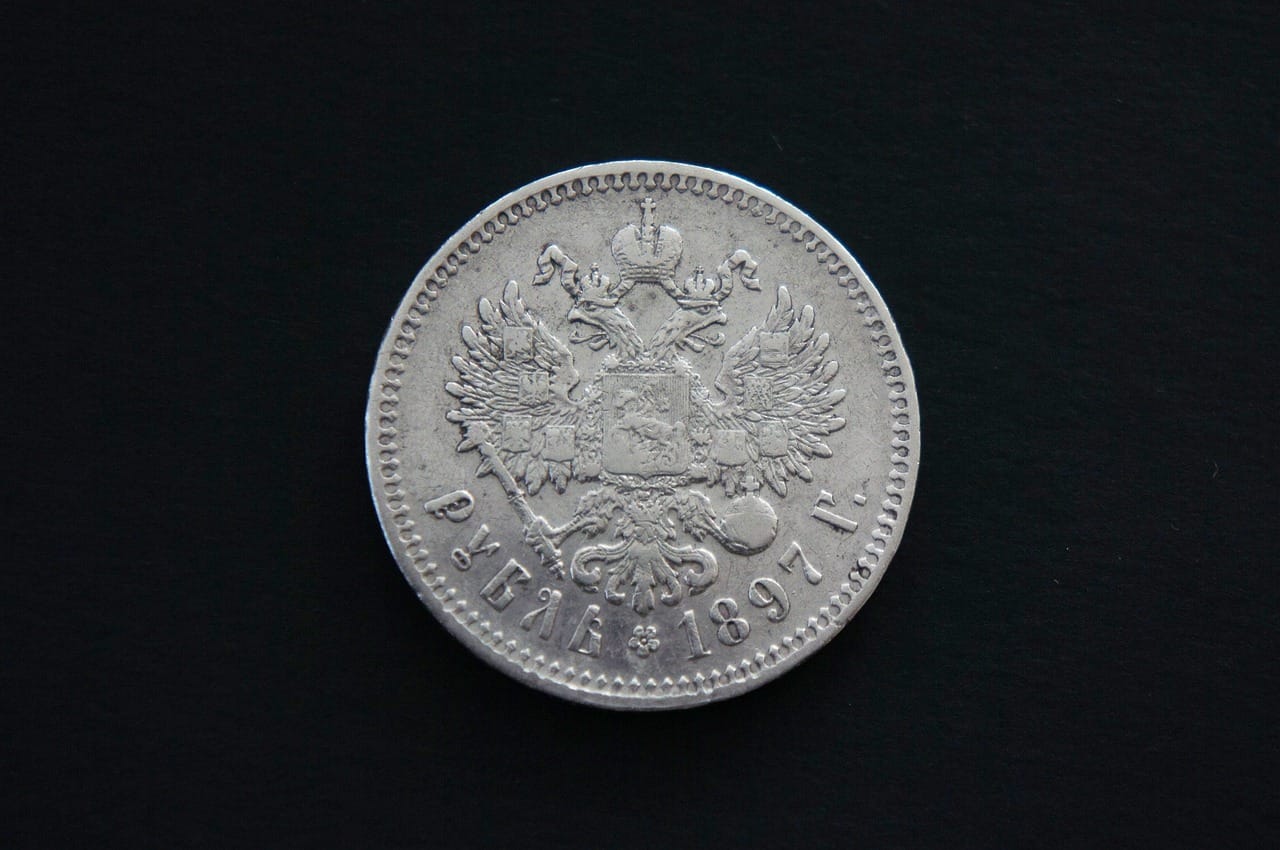Silver Investment: The Key to Diversifying a Portfolio
Building a Strong Financial Future Through Precious Metals

By: Silver Coin Surplus and Silver Investment Strategies for 2025
Date: August 11, 2024
The Strategic Approach to Secure Investments Today
In the world of silver investment, portfolio diversification is often touted as the key to building a strong and lucrative financial future. While stocks, bonds, and real estate are often the go-to options for investors, precious metals like silver can play a crucial role in diversifying a strong portfolio. In this article, we will delve into the world of silver investment and explore how it can contribute to a well-rounded investment strategy.
Silver has been revered as a precious metal for centuries, valued for its use in jewelry, coins, and various industrial applications. However, in recent years, it has also gained recognition as an investment asset. Unlike paper currency, silver holds intrinsic value and has historically been a hedge against inflation and economic uncertainty. As such, incorporating silver into an investment portfolio can act as a buffer against market volatility and currency devaluation.
One of the primary benefits of including silver in a diversified portfolio is its low correlation with other asset classes. This means that silver often moves independently of stocks, bonds, and other traditional investments. As a result, when other assets experience downturns, silver can provide a level of stability and potentially offset losses in other areas of the portfolio. This diversification can help spread risk and reduce overall portfolio volatility, making it an attractive option for investors seeking to mitigate risk.
Another compelling reason to consider silver investment is its potential for price appreciation. While the value of precious metals can fluctuate, silver has historically shown steady growth over the long term. Factors such as increasing industrial demand, supply constraints, and its role as a store of value can contribute to upward price movements. As a result, silver can serve as a means of capital preservation and wealth accumulation over time.
Furthermore, silver investment offers liquidity and accessibility. Unlike certain alternative investments that may have limited resale markets, silver is widely traded around the world and can be easily bought and sold. This liquidity provides investors with the flexibility to adjust their portfolios as market conditions and investment objectives change.
When considering silver investment, investors have a range of options to choose from. They can opt for physical silver in the form of coins or bars, as well as silver exchange-traded funds (ETFs) and silver mining stocks. Each option has its own set of considerations including storage, liquidity, and counterparty risk, and it is essential for investors to carefully evaluate these factors based on their individual preferences and risk tolerance.
In conclusion, silver investment can play a valuable role in diversifying a strong portfolio and building a lucrative financial future. Its intrinsic value, low correlation with other asset classes, potential for price appreciation, and liquidity make it an appealing addition to an investment strategy. As always, it is important for investors to conduct thorough research, seek professional advice, and align their investment decisions with their long-term financial goals. By incorporating silver into a well-diversified portfolio, investors can strive to achieve greater resilience and potential returns in the face of an ever-changing investment landscape.



